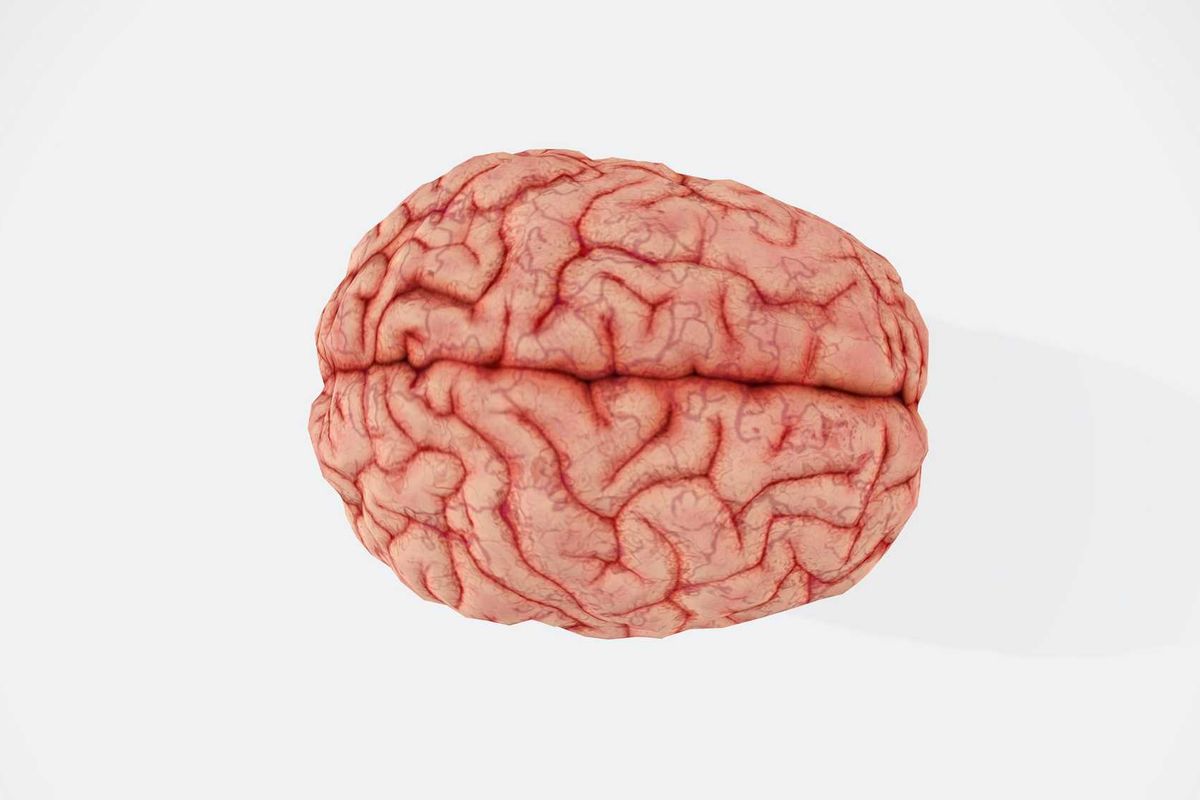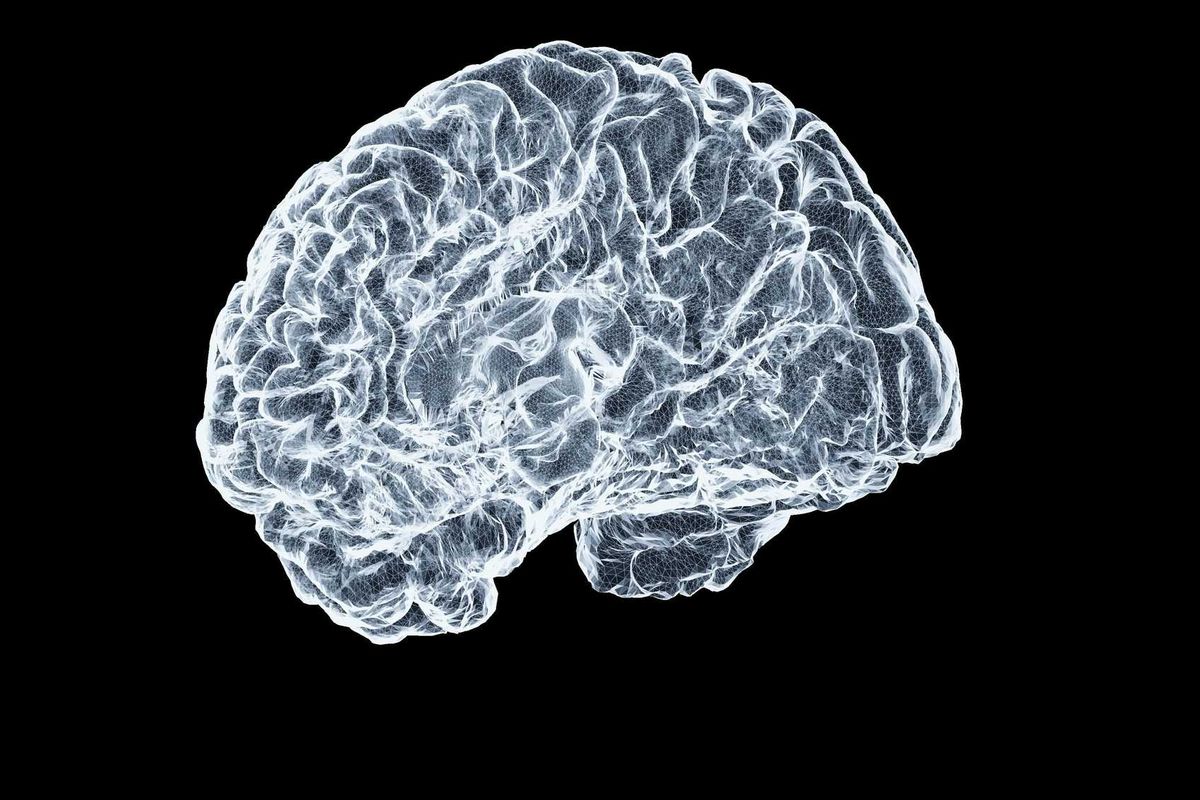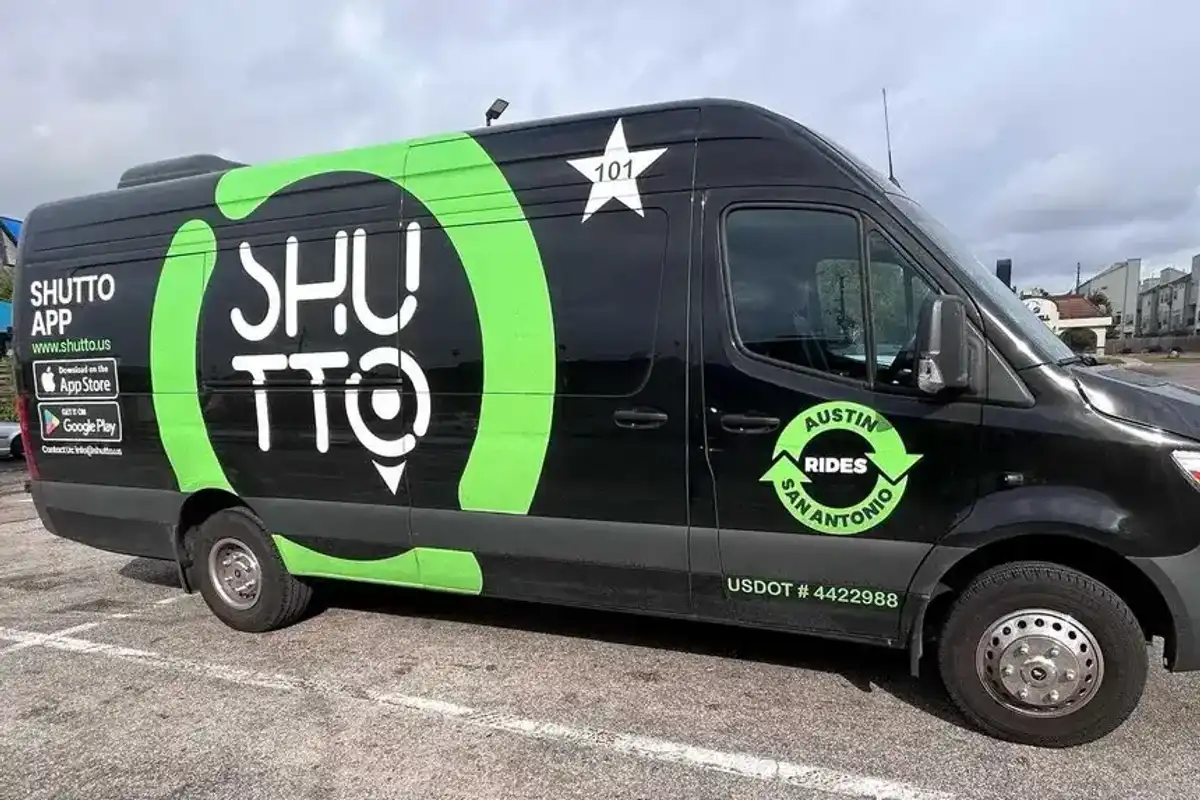Hardtech-focused fellowship opens applications for 2025 Houston cohort
submit now
Applications are officially open for a Activate's second Houston cohort.
Activate's application is live from now through October 23, and all founders of early-stage, research-backed hardtech companies in Houston are encouraged to apply. The Berkley, California-based program launched in Houston last year and recently named its inaugural Houston cohort.
“The Activate Fellowship provides an opportunity for approximately 50 scientists and engineers annually to transform into entrepreneurial leaders, derisk their technologies, define first markets, build teams, and secure follow-on funding,” says Activate’s executive managing director, Aimee Rose, in a news release. “With an average 30 percent annual growth in applications since 2015, we know there is high demand for what we do, and we’re excited to see the talent and impactful ideas that come through the pipeline this year.
The program, led locally by Houston Managing Director Jeremy Pitts, has 249 current Activate fellows and alumni that have collectively raised over $2.4 billion in public and private funding since the organization was founded in 2015.
“The success of Activate Fellows is ample evidence that scientists and engineers have the talent and drive to face global challenges head-on,” adds Activate chief fellowship officer, Brenna Teigler. “Our diverse fellows are transforming technical breakthroughs into businesses across the United States in 26 states across a range of sectors spanning carbon management, semiconductors, manufacturing, energy, chemicals, ocean tech, and more.”
The application is available online, and fellows will be selected in April of next year. The 2025 program will begin in June.
Activate is looking for local and regional early-stage founders — who have raised less than $2 million in funding — who are working on high-impact technology. Each cohort consists of 10 fellows that join the program for two years. The fellows receive a living stipend, connections from Activate's robust network of mentors, and access to a curriculum specific to the program.
------
This article originally ran on EnergyCapital.
- Hardtech fellowship names 11 innovators to inaugural Houston cohort ›
- New immersive, live-action gaming venue powers up Houston debut ›
- Exclusive: Hardtech-focused program announces Houston expansion, seeks local leader ›
- New-to-Houston hardtech accelerator names new CEO, opens applications ›
- Energy, investment groups take up leases in Houston innovation hub - InnovationMap ›





